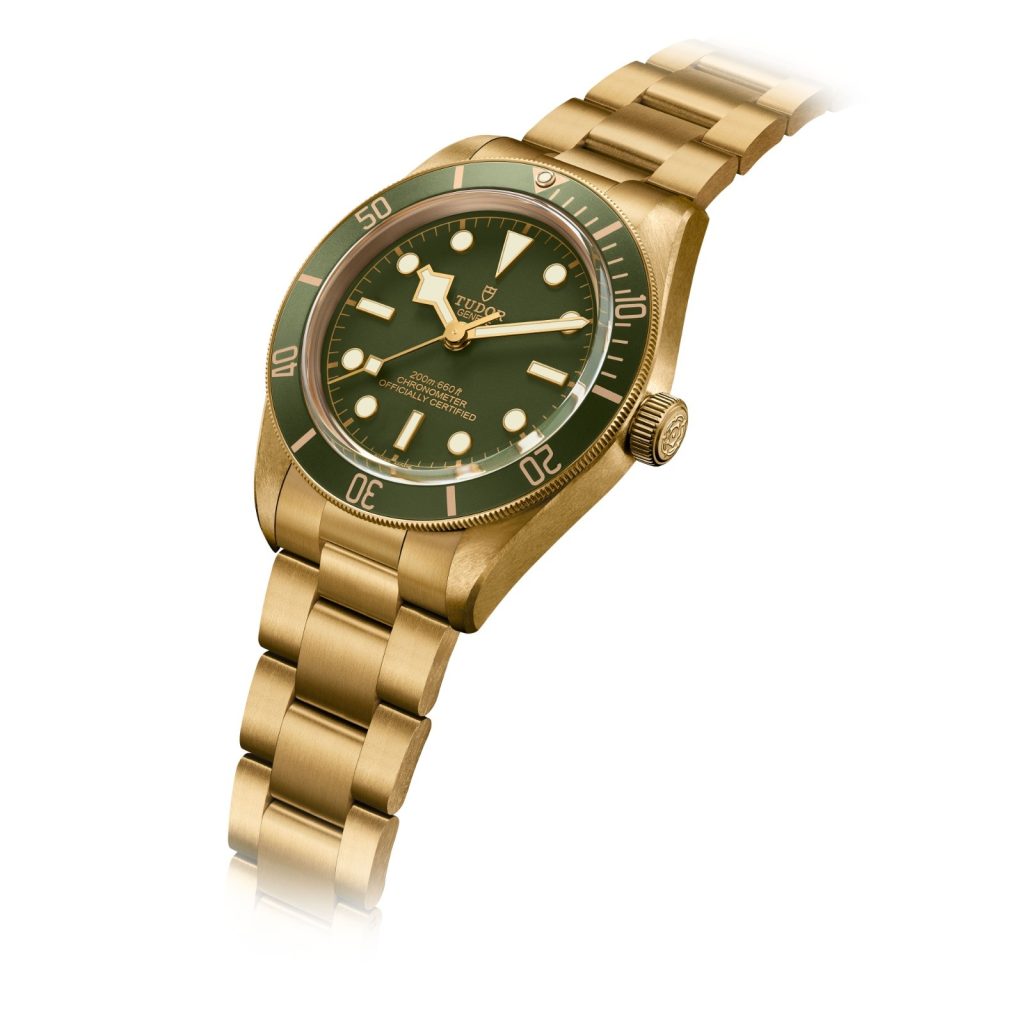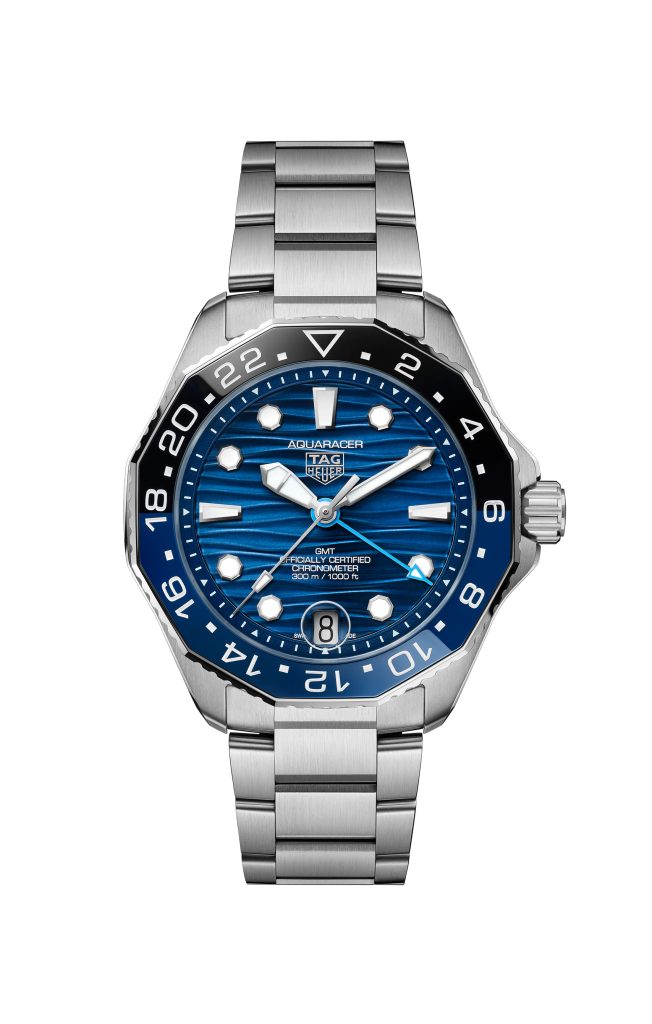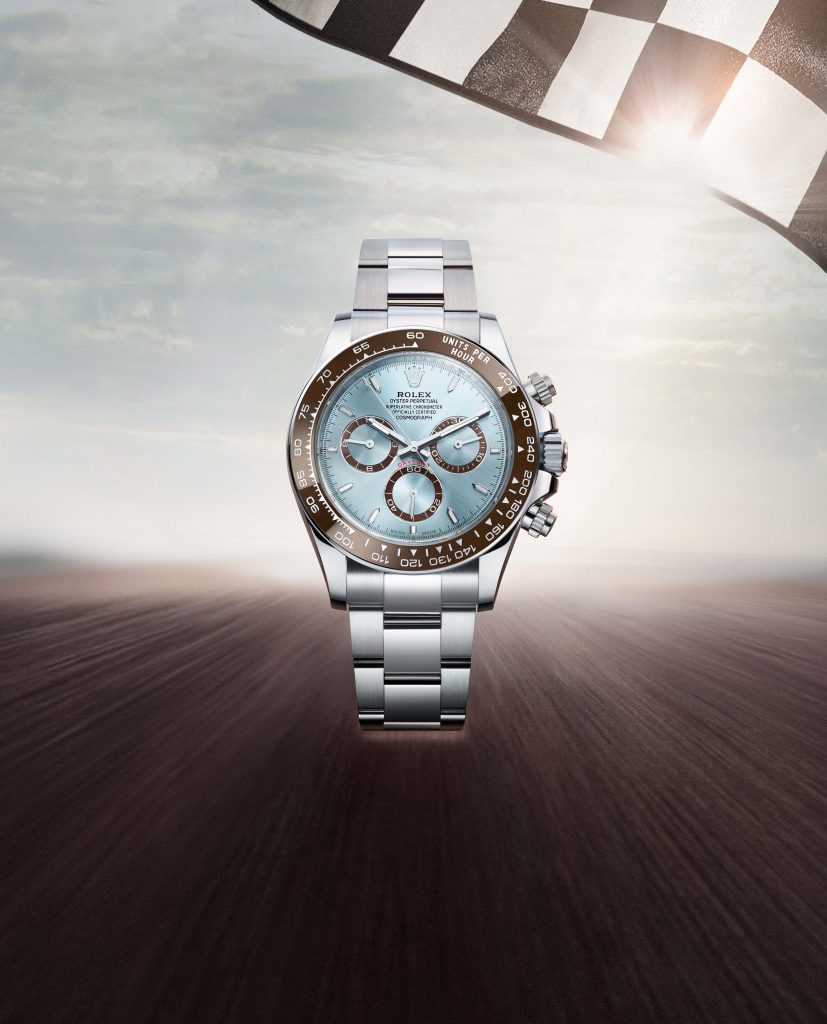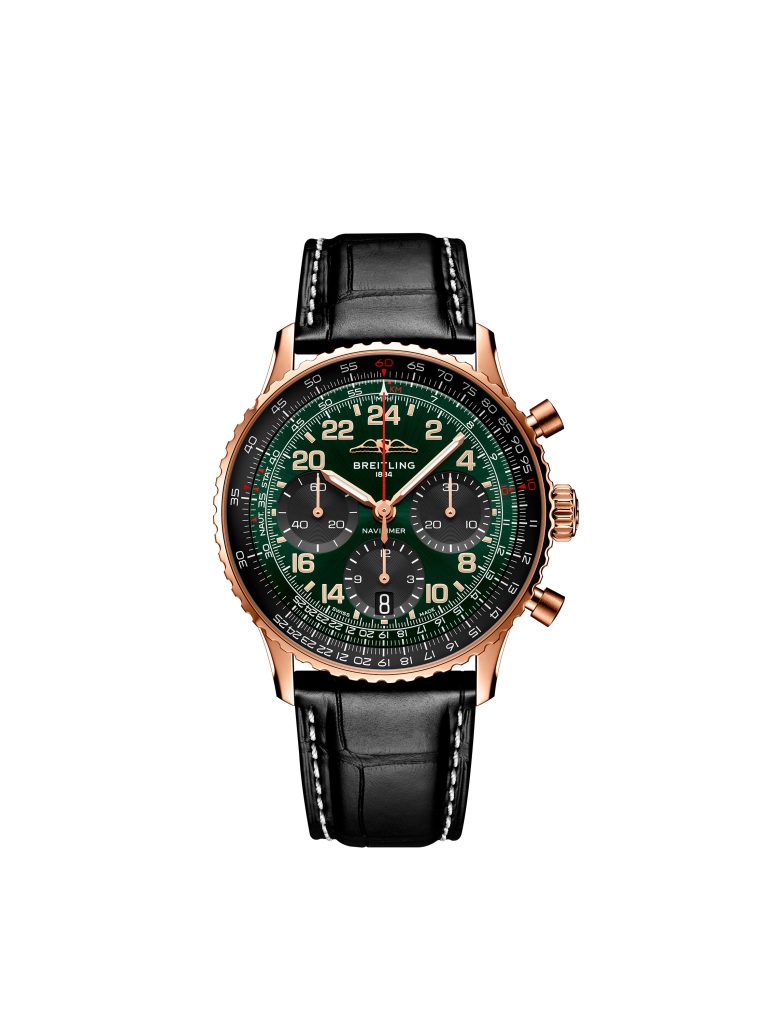Beyond The Ring: Understanding Watch Bezels And Their Roles In Function And Design
Explore the fascinating world of watch bezels — their history, purpose, and design evolution. From dive timers to tachymeters and GMT rings, discover how these functional frames define style and performance in modern horology
At first glance, a watch bezel might seem like the decorative rim that politely holds your crystal in place — the horological equivalent of picture framing. But that gleaming ring you probably overlook? It’s doing a lot more heavy lifting than you think. The bezel is the unsung hero of the wristwatch — part tool, part armor, part attitude. It can tell you how long you’ve been underwater, how fast you’re driving, or even what time it is in Tokyo. And in the world of design, it’s the feature that can turn a polite dress watch into a professional diver, or a simple chronograph into a speed demon. In short: if the dial is the face of a watch, the bezel is its jawline — it defines everything.
A Brief Spin Through History
Before smartwatches and sensors, watch bezels were humanity’s original wearable tools. The earliest functional bezels emerged in the 1930s and 1940s, when watchmakers began adding rotating rings to enhance utility. These were not fashion statements — they were survival instruments.
The Rolex Oyster Perpetual with rotating bezel and the Blancpain Fifty Fathoms set the stage for professional dive watches in the 1950s. Pilots, meanwhile, turned to the slide-rule bezels of Breitling’s Navitimer to calculate flight times and fuel consumption. Suddenly, the bezel wasn’t just a frame — it was a mission-critical device.
By the time Omega’s Speedmaster introduced its tachymeter bezel for calculating speed, the bezel had transcended its role as mere watch architecture. It became a language — one that spoke directly to divers, racers, explorers, and dreamers alike.
The Functional Personalities Of Bezels
Diver’s Bezel

It’s usually unidirectional, turning only counterclockwise so you can’t accidentally extend your dive time. The numbered scale helps divers track how long they’ve been underwater. Think Rolex Submariner, Seiko Prospex, or Tudor Pelagos — all born for the deep but stylish enough for land.
GMT Bezel

This one tracks multiple time zones, often with a 24-hour scale and a bi-directional rotation. The Rolex GMT-Master II’s “Pepsi” bezel is the poster child — half blue for night, half red for day, all iconic.
Tachymeter Bezel

The speed junkie. Found on chronographs like the Omega Speedmaster, this bezel lets you calculate average speed over a measured distance. It’s vintage motorsport distilled into mathematics and metal.
Slide Rule Bezel

The nerdy genius. Once used by pilots before digital calculators, it could compute everything from fuel consumption to rate of climb. The Breitling Navitimer turned this into a cult classic.
Design and Material: Where Utility Meets Luxury
While function gave bezels their birthright, design gave them their soul. Materials evolved from steel and aluminum to ceramic, sapphire, and titanium, offering both scratch resistance and a visual punch. Modern bezels even mix textures — brushed finishes meet glossy inserts — creating contrast and depth that defines a watch’s character.
Today, bezels no longer need to prove their usefulness — but they continue to define identity. A dive bezel still whispers adventure, even if it never touches salt water. A tachymeter still hints at speed, even if it never times a lap. Modern watchmaking has transformed bezels into storytelling devices. They frame heritage, signal purpose, and create emotional connection. That’s why collectors debate over vintage “fat font” bezels and ceramic “Pepsi” inserts as passionately as car enthusiasts argue over engines. Ultimately, the bezel is where function meets flair, the perfect circle that reminds us that design and utility can — and should — coexist beautifully.
The Final Turn
The bezel may be just a ring of metal or ceramic, but it carries the weight of a century of innovation and identity. It’s the one element that bridges tool and ornament, science and art. So next time you look at your watch, don’t just check the time, take a second to admire that ring around it. It’s not just a border; it’s a story that’s been turning for generations. After all, in the world of watches, it’s not just what’s inside the case that counts; it’s what’s around it that makes it timeless.